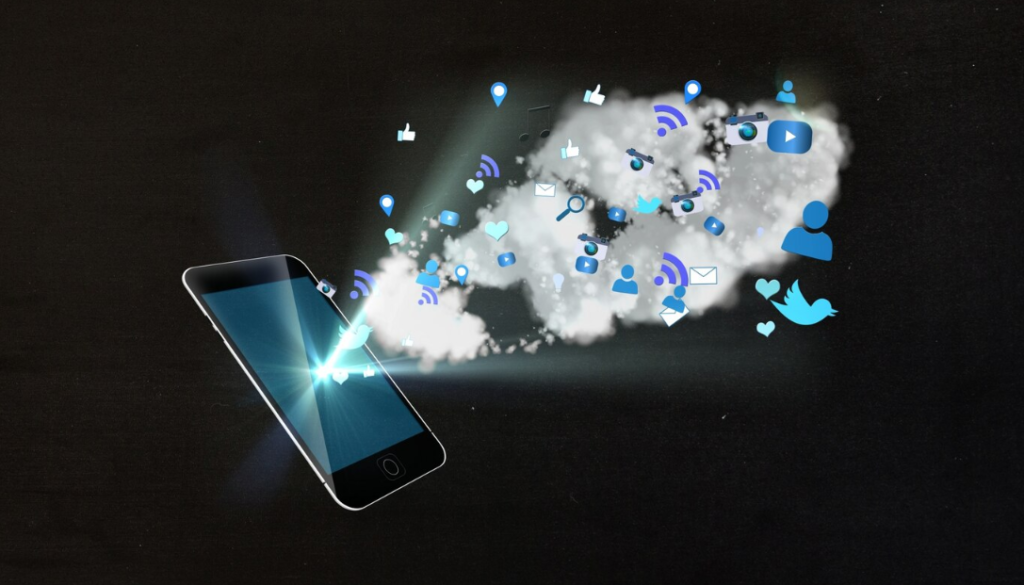Introduction
Science fiction has long been a source of inspiration for technological advancements. Many of today’s innovations, from smartphones to artificial intelligence, were first imagined in sci-fi movies. However, while some predictions have come true, others have missed the mark entirely. This article explores how sci-fi movies have accurately forecasted technological developments—and where they’ve gone completely wrong.
Sci-Fi Predictions That Came True
1. Video Calling – “2001: A Space Odyssey” (1968)
Stanley Kubrick’s classic film depicted video calls long before platforms like Zoom and FaceTime became everyday tools. Today, video communication is an essential part of work and social life, proving that this sci-fi vision was right on target.
2. Artificial Intelligence – “Blade Runner” (1982)
While we don’t yet have humanoid androids like the replicants in Blade Runner, AI is advancing rapidly. From virtual assistants like Siri and Alexa to generative AI and robotics, artificial intelligence is transforming industries in ways that sci-fi envisioned.
3. Wearable Technology – “Back to the Future Part II” (1989)
This movie featured wearable tech like smart glasses and self-lacing shoes. While self-lacing shoes are still a novelty, smart glasses like Google Glass and augmented reality headsets show that wearable tech is a reality today.
4. Tablet Computers – “Star Trek: The Next Generation” (1987-1994)
The Star Trek franchise frequently showed characters using tablet-like devices for communication and data analysis. Today, iPads and other tablets are a common part of daily life, mirroring the sci-fi vision.
Where Sci-Fi Got It Wrong
1. Flying Cars – “The Fifth Element” (1997)
Flying cars have been a staple of sci-fi films, but despite some prototypes, they remain impractical for mass use. Challenges like air traffic control, safety, and energy consumption have kept flying cars grounded—for now.
2. Human-Like Robots – “I, Robot” (2004)
While robotics has made significant progress, we are still far from developing fully autonomous, humanoid robots with human-level intelligence. AI remains specialized and lacks true consciousness or emotions.
3. Time Travel – “The Terminator” (1984)
Many sci-fi movies explore time travel, but physics suggests that it remains purely theoretical. While theories like wormholes exist, practical time travel remains in the realm of fiction.
4. Colonizing Other Planets – “Total Recall” (1990)
While we’ve sent rovers to Mars and plan future missions, human colonization of other planets is still decades away. The challenges of radiation, sustainability, and transportation make space colonization a distant dream rather than an immediate reality.
Conclusion
Sci-fi movies serve as both inspiration and cautionary tales when predicting the future of technology. While some predictions, like AI and video calling, have become reality, others, like flying cars and humanoid robots, remain elusive. Nonetheless, science fiction continues to fuel imagination and innovation, shaping the technological advancements of tomorrow.


